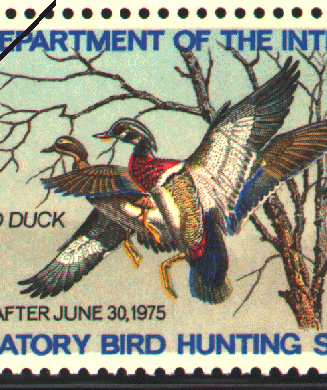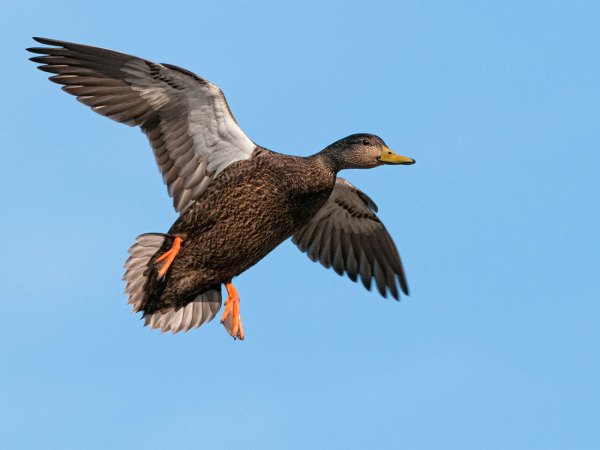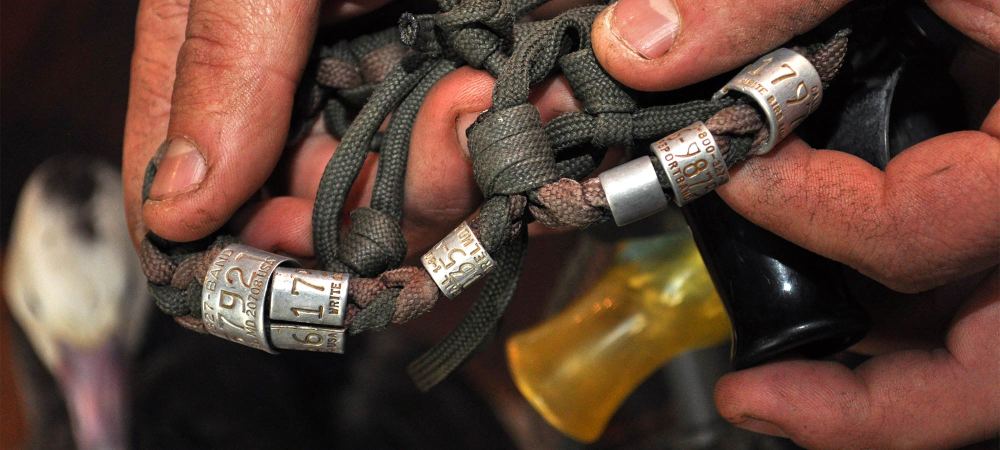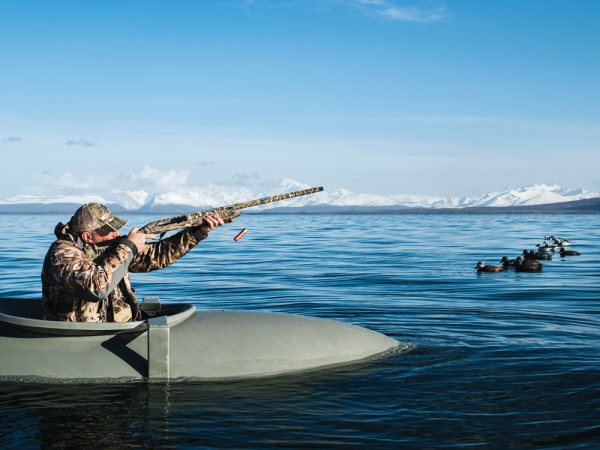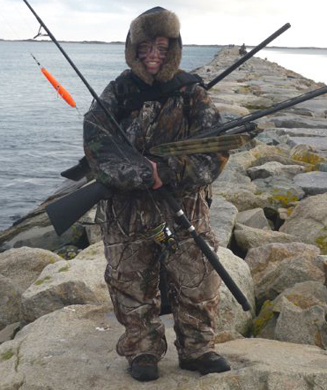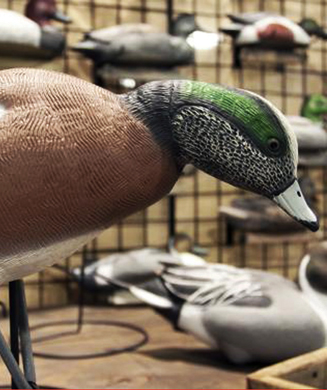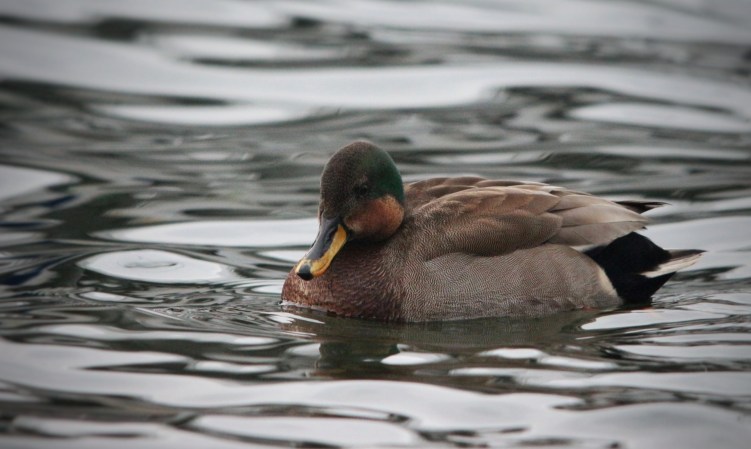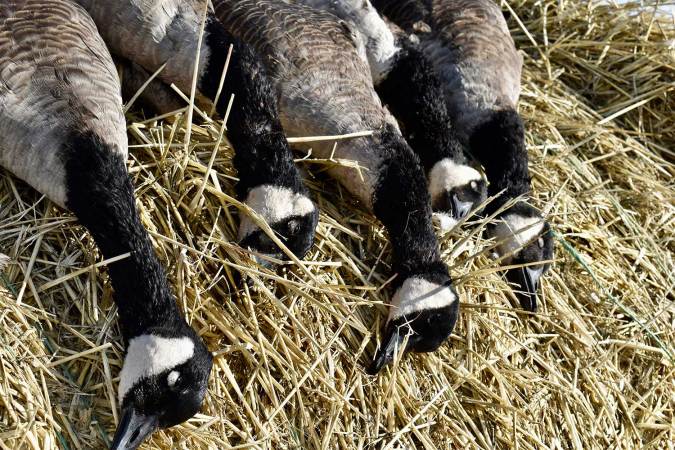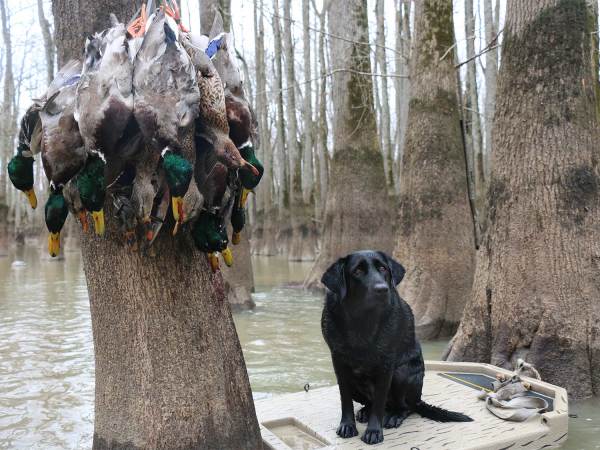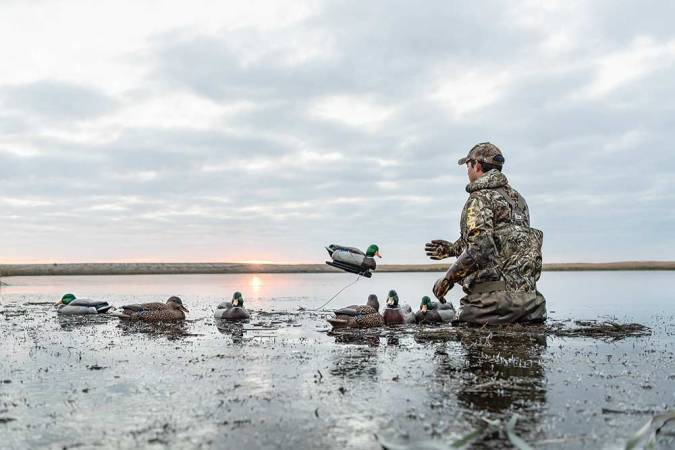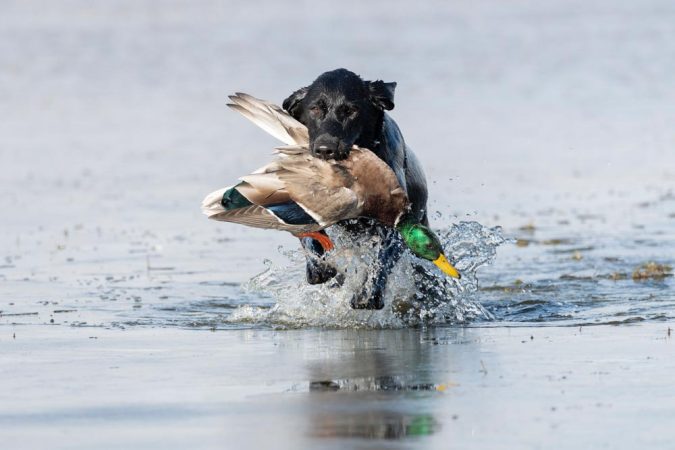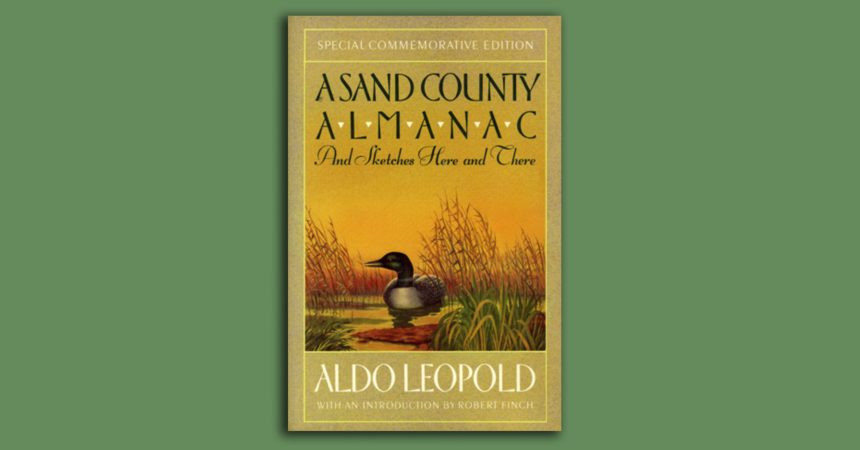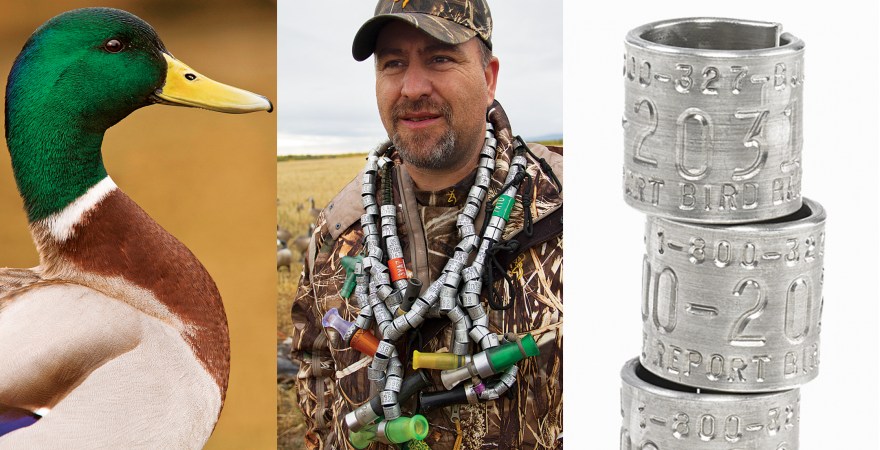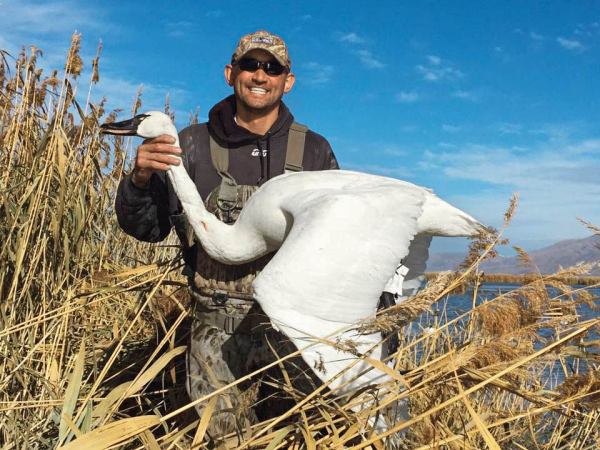The colorful king only migrates in open water in the most inhospitable places on earth. In North America, you'll have to venture to Alaska's Bering Sea and withstand windchill to 40 below zero. "King eiders are maybe the rarest of prizes due to the extremely limited areas in which they may be hunted. They also command the greatest degree of commitment to attain," says GetDucks.com's Ramsey Russell. "Getting there is neither easy nor inexpensive." Photo by Alamy
Hunters looking to put a U.S. teal slam together face a serious challenge when it comes to this small, dark-red duck. Not only are cinnamon teal restricted to the Western U.S., but they usually migrate out of the country before most hunting seasons open and almost always before the birds are fully plumed. If you want this fast flyer to complement your green- and bluewing teal mounts, your best bet is to head to Mexico's Pacific Coast. Photo by Lon Lauber/Windigo Images
If you want to up the teal ante, venture to South America for these freshwater dabblers. They're not only beautiful but also challenging to hunt. Fast and acrobatic like all teal, silvers rarely decoy. "One of the most prized and beautiful species sought by our clients is the silver teal," says High Adventure Company's John Burrell. "I know of no better place in the world to pursue them than the marshes just outside Buenos Aires." Photo by Alamy
In the U.S., this blue-headed, yellow-eyed duck can haunt any hunter who wants to complete a sea-duck collection–or even just the three-bird genus of its family tree, which includes the green-headed common goldeneye and the diminutive bufflehead. Their limited home range and relatively short migration make it difficult for hunters to encounter them outside Alaska. Your best bet is Prince William Sound. Photo by Alamy
A South American species that also inhabits the Caribbean and Galapagos Islands, the white-cheeked pintail sometimes ventures as far north as south Florida. "For many of the same reasons I like northern pintails, I am enamored of white-cheeked pintails," says Russell. "While they lack the extremely long sprig of the northern, they decoy and behave similarly to pintails the world over." Photo by Alamy
With their black head, neck, and upper chest, brant make a great addition to Canada and white-front goose mounts and provide a different style of hunting. Unlike other goose species, Pacific (or black) brant are more akin to sea ducks–they inhabit saltwater marshes and are smaller-bodied than inland geese. If you want one, your best bets are their staging grounds in Alaska (Izembek Lagoon) and wintering grounds in Mexico (San Quentin Bay). Photo by Alamy
The largest duck you'll encounter in North America, Pacific common eiders have relatively local populations that stick to specific areas (like Adak Island in Alaska's Aleutian chain), making them rare to encounter outside of those sites. Mature drakes are also beautiful. With a black-and white body, the distinctive sloping profile of its black-capped head with pale green cheeks and olive-gray bill make it easy to identify. _Photo by David Stimac
_
Check out our waterfowl hunting bucket list. We rounded up the 8 birds every hunter should get to chase before he dies.

